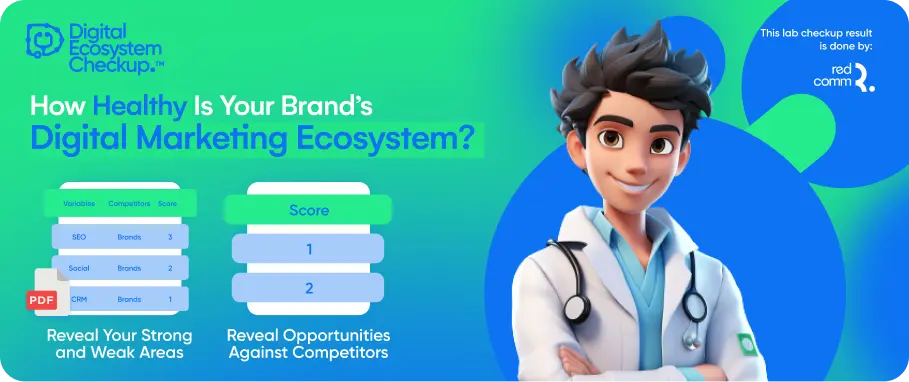Crafting a successful project begins with a solid game plan, and creative briefs are the secret weapon of marketers.
5 Simple Steps to Create a Persuasive Creative Brief

Acting as a guiding roadmap, a well-crafted creative brief ensures that every project moves smoothly from conception to execution.
It serves as a beacon of clarity, keeping all stakeholders aligned on the project's scope, timeline, and purpose.
Whether you're a consultant pitching to clients or a project manager rallying your team, the journey begins with meaningful conversations with key stakeholders.
These discussions unveil the company's mission, project goals, and potential challenges, laying the groundwork for a compelling creative brief that resonates with the core objectives.
1. Name Your Project
Choosing the right project name might seem trivial, but it holds immense significance in a creative brief. A well-defined project name not only introduces the campaign but also prevents misinterpretations among team members. Opt for a concise yet imaginative title that encapsulates the essence of your project. For instance:
- The “Search for Adventure” Campaign - Unveiling a scavenger hunt-themed amusement park.
- "The “Don't Forget Your Memories” Campaign - Introducing a new line of photo frames.
- The “What's Hotter Than Pepper Hot Sauce?” Campaign - Igniting excitement for a spicy hot sauce brand.
2. Brand Insights and Project Background
Provide a snapshot of the brand's identity and project background to set the stage for your creative brief.
Whether you're working with external clients or internal teams, this section serves as a vital reference point.
Tailor the company background to the specific project, outlining previous campaigns, market dynamics, and the rationale behind the current initiative. Address key questions such as:
- What sets this campaign apart from previous endeavors? (Previous campaign experiences and their impact).
- Why is this campaign being launched now, and how does it align with market dynamics? (Timeliness of the campaign launch and its relevance to market trends).
- How does the project narrative unfold in response to market trends? (The unique value proposition of the project and its alignment with brand objectives).
3. Define the Project Objective
The crux of your creative brief lies in articulating the project objective with precision.
Outline the purpose, timeline, and target audience succinctly, ensuring clarity and alignment among all stakeholders.
Whether it's a single sentence or structured sections, the project objective should convey the essence of the project and its anticipated outcomes. Focus on delineating:
- The core purpose of the project and its strategic significance.
- Clear objectives that define success metrics and desired outcomes.
- The intended impact on the company or client and its alignment with broader goals.
4. Understanding Your Audience
The fourth step in creating a compelling creative brief is to understand your audience inside and out.
By defining your target audience, you can tailor your message to resonate with their specific needs and preferences. Here's what you need to consider:
- Demographics: Get a clear picture of who your audience is by gathering information on age, income, education, ethnicity, and occupation.
- Behaviors: Understand your audience's buying behaviors and trends to provide context for your campaign.
- Psychographics: Dive deeper into how your audience thinks and feels about your brand and the products or services you offer.
- Geographics: Whether your campaign is digital, physical, or hybrid, consider where your audience is located to tailor your message effectively.
Tip: Simplify this section by creating buyer personas to make it more digestible for your team.
5. Crafting the Key Message and CTA
The key message is the heart of your creative brief, defining why your audience should pay attention to your campaign.
By framing your message around the customer's journey, you can create a narrative that truly resonates with your audience.
Follow this simple trick to develop a powerful key message: ask yourself, "We're launching this project, so what?"
This question will help you uncover the core message that resonates with your audience. Your key message should address:
- Pain point: Identify the problem your audience faces.
- Solution: Explain how your product or service addresses this pain point.
- Benefit: Highlight the benefits your audience will receive by engaging with your brand.
Every effective campaign needs a clear call to action (CTA) to guide your audience towards the desired action.
Whether it's making a purchase, signing up for a newsletter, or simply changing perceptions about your brand, your CTA should align with your project objectives.
While you may include multiple CTAs for different audience segments, prioritize one primary CTA to drive your campaign's success.
Avoid scope creep and ensure your team stays focused on your project goals by leveraging a well-crafted creative brief.
By following these five simple steps, you can create campaigns that are not only impactful but also resonate deeply with your target audience.
Start crafting your next creative brief today and watch your campaigns soar to new heights!
DISCOVER MORE OF WHAT MATTERS TO YOU
RELATED TOPIC



